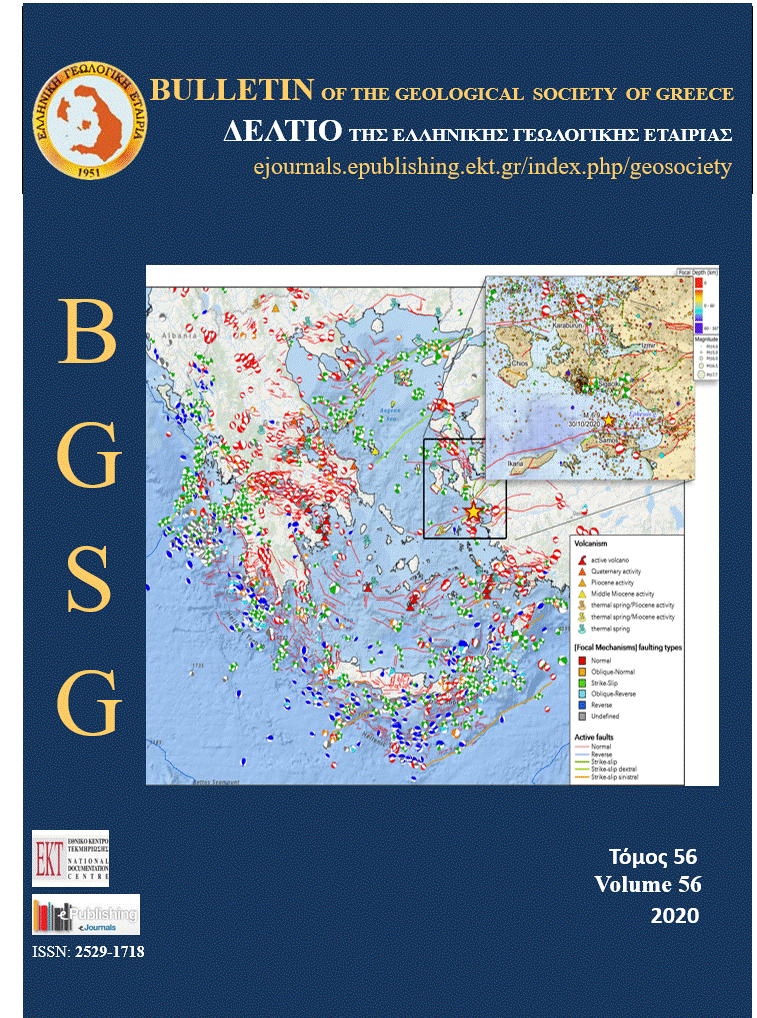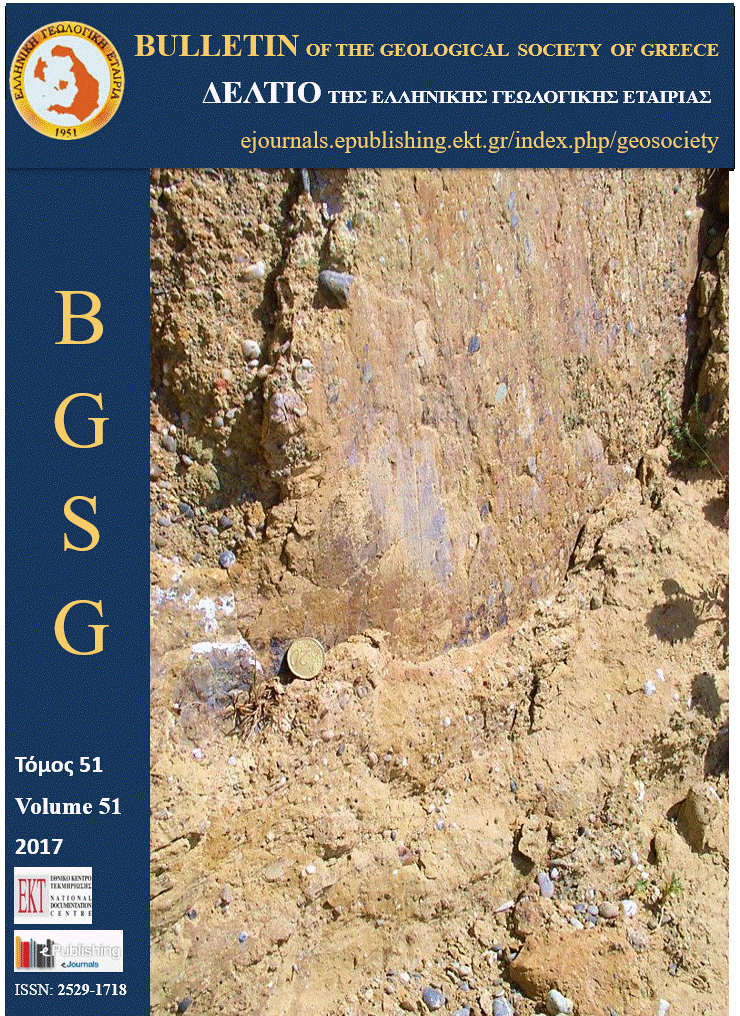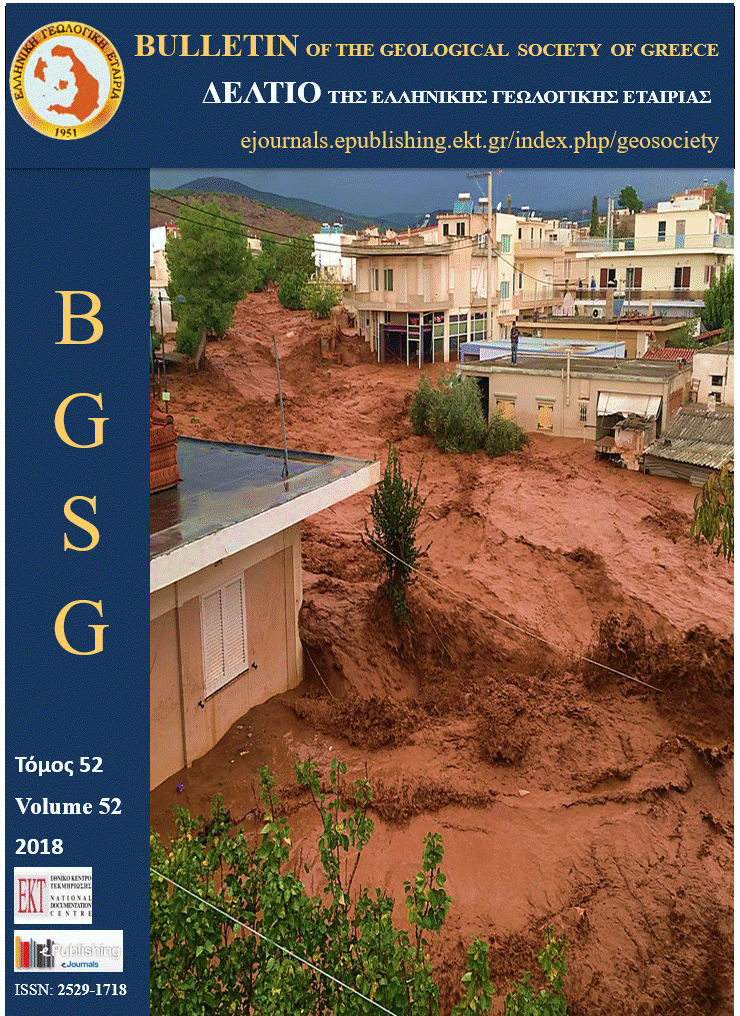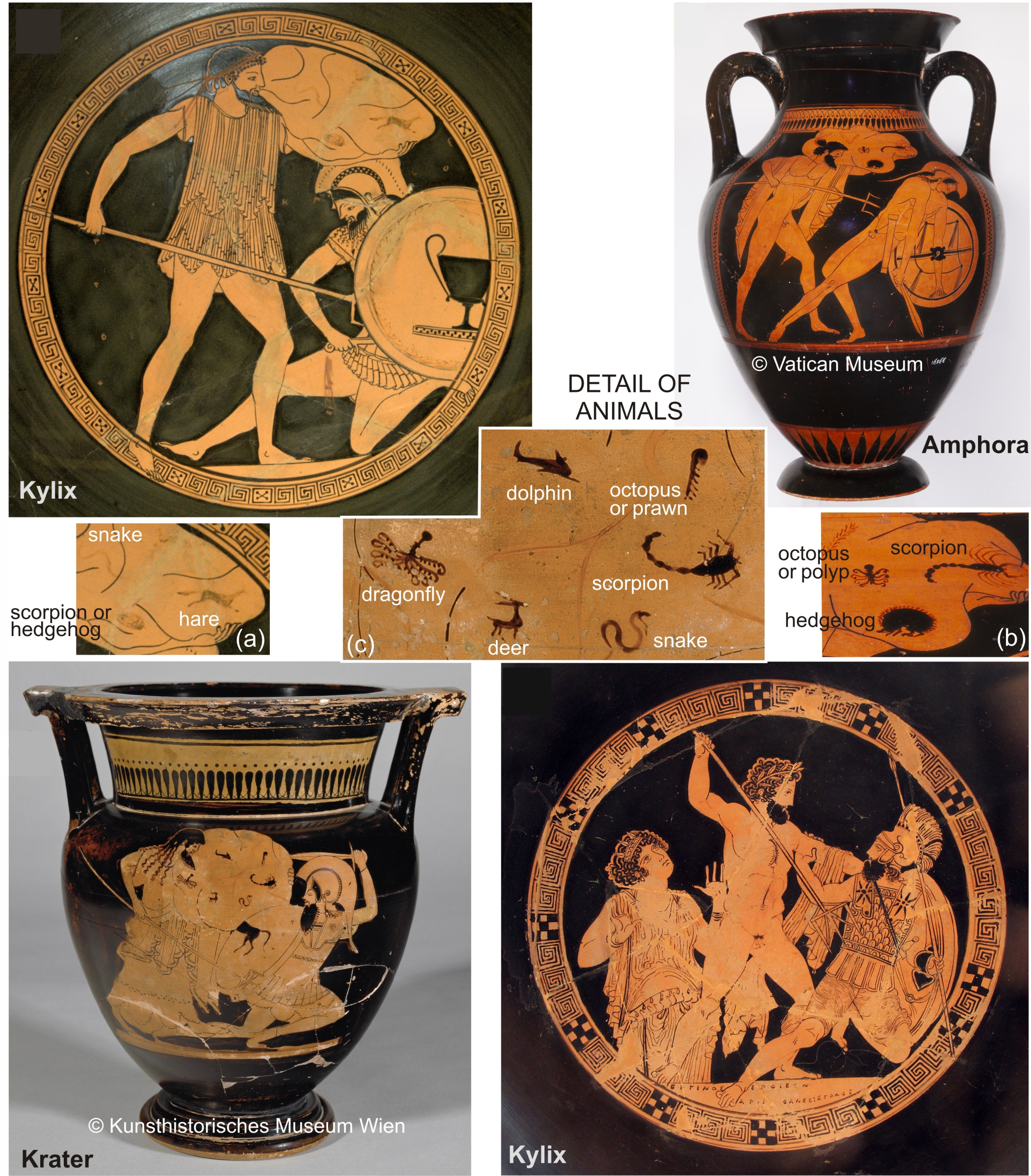Domino-style earthquakes along blind normal faults in Northern Thessaly (Greece): kinematic evidence from field observations, seismology, SAR interferometry and GNSS
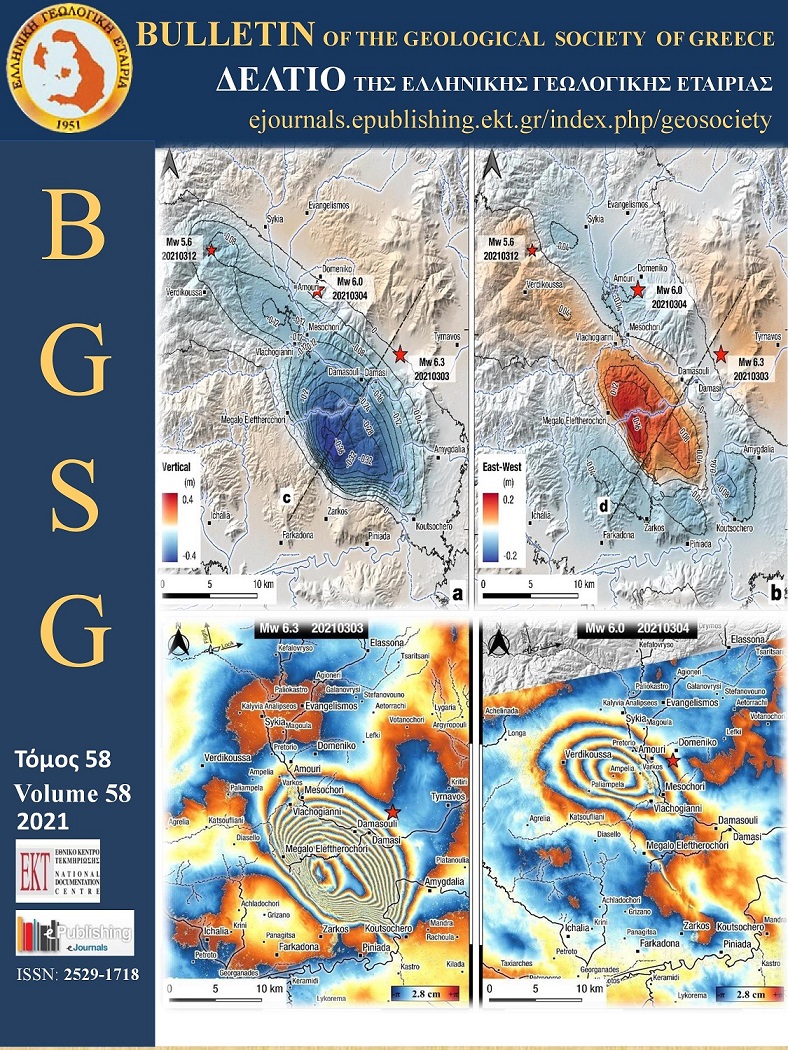
Abstract
Here we present a joint analysis of the geodetic, seismological and geological data of the March 2021 Northern Thessaly seismic sequence, that were gathered and processed as of April 30, 2021. First, we relocated seismicity data from regional and local networks and inferred the dip-direction (NE) and dip-angle (38°) of the March 3, 2021 rupture plane. Furthermore, we used ascending and descending SAR images acquired by the Sentinel-1 satellites to map the co-seismic displacement field. Our results indicate that the March 3, 2021 Mw=6.3 rupture occurred on a NE-dipping, 39° normal fault located between the villages Zarko (Trikala) and Damasi (Larissa). The event of March 4, 2021 occurred northwest of Damasi, along a fault oriented WNW-ESE and produced less deformation than the event of the previous day. The third event occurred on March 12, 2021 along a south-dipping normal fault. We computed 22 focal mechanisms of aftershocks with M≥4.0 using P-wave first motion polarities. Nearly all focal mechanisms exhibit normal kinematics or have a dominant normal dip-slip component. The use of InSAR was crucial to differentiate the ground deformation between the ruptures. The majority of deformation occurs in the vertical component, with a maximum of 0.39 m of subsidence over the Mw=6.3 rupture plane, south and west of Damasi. A total amount of 0.3 m horizontal displacement (E-W) was measured. We also used GNSS data (at 30-s sampling interval) from twelve permanent stations near the epicentres to obtain 3D seismic offsets of station positions. Only the first event produces significant displacement at the GNSS stations (as predicted by the fault models, themselves very well constrained by InSAR). We calculated several post-seismic interferograms, yet we have observed that there is almost no post-seismic deformation, except in the footwall area (Zarkos mountain). This post-seismic deformation is below the 7 mm level (quarter of a fringe) in the near field and below the 1 mm level at the GNSS sites. The cascading activation of the three events in a SE to NW direction points to a pattern of domino-style earthquakes, along neighbouring fault segments. The kinematics of the ruptures point to a counter-clockwise change in the extension direction of the upper crust (from NE-SW near Damasi to N-S towards northwest, near Verdikoussa).
Article Details
- How to Cite
-
Ganas, A., Valkaniotis, S., Briole, P., Serpetsidaki, A., Kapetanidis, V., Karasante, I., Kassaras, I., Papathanassiou, G., Karamitros, I., Tsironi, V., Elias, P., Sarhosis, V., Karakonstantis, A., Konstantakopoulou, E., Papadimitriou, P., & Sokos, E. (2021). Domino-style earthquakes along blind normal faults in Northern Thessaly (Greece): kinematic evidence from field observations, seismology, SAR interferometry and GNSS. Bulletin of the Geological Society of Greece, 58, 37–86. https://doi.org/10.12681/bgsg.27102
- Section
- Natural Hazards

This work is licensed under a Creative Commons Attribution-NonCommercial 4.0 International License.
Authors who publish with this journal agree to the following terms:
Authors retain copyright and grant the journal right of first publication with the work simultaneously licensed under a Creative Commons Attribution Non-Commercial License that allows others to share the work with an acknowledgement of the work's authorship and initial publication in this journal.
Authors are able to enter into separate, additional contractual arrangements for the non-exclusive distribution of the journal's published version of the work (e.g. post it to an institutional repository or publish it in a book), with an acknowledgement of its initial publication in this journal. Authors are permitted and encouraged to post their work online (preferably in institutional repositories or on their website) prior to and during the submission process, as it can lead to productive exchanges, as well as earlier and greater citation of published work.



